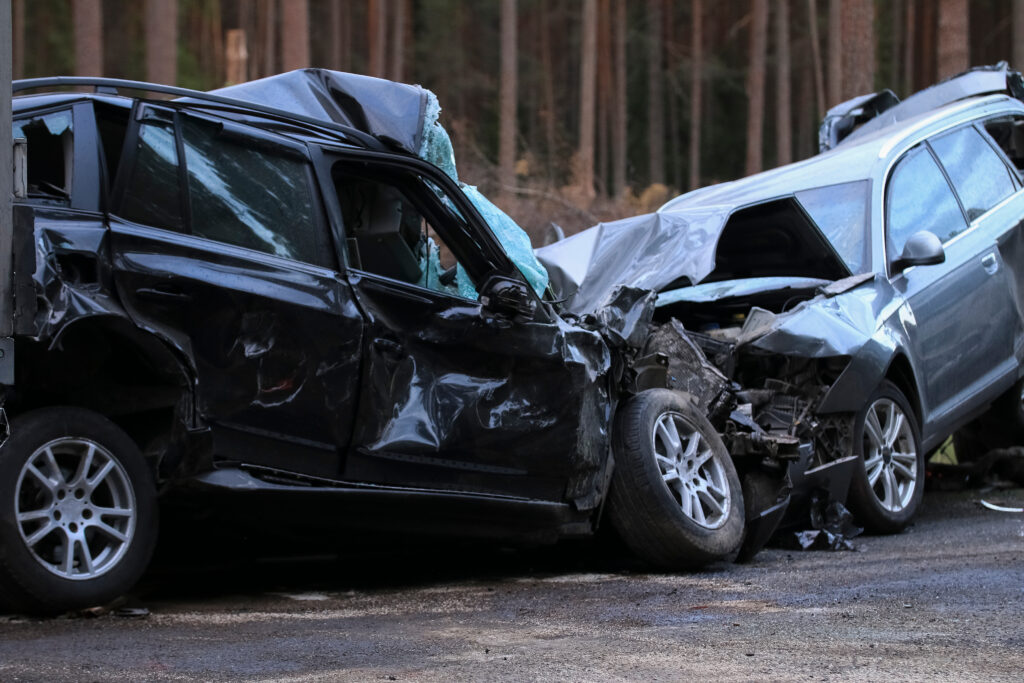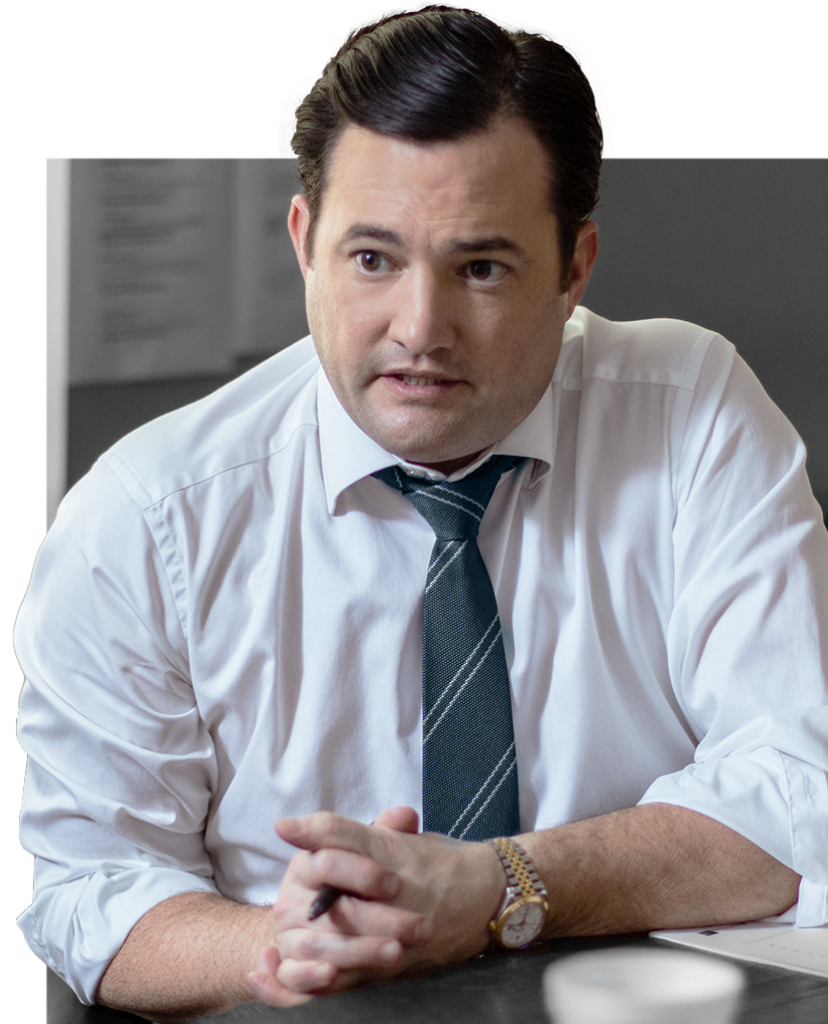Car accidents are deadly. Especially head-on collisions when the force of impact is tremendous. In the cases where this type of accident isn’t fatal, the injuries can be life-changing. In this guide, we’ll dive deeper into the types of injuries that are common for head-on collisions as well as the legal implications.
The Severity of Head-On Collisions
Head-on collisions are extremely dangerous car accidents, characterized by the tremendous force generated when two vehicles collide headfirst. The combined size and weight of the vehicles create a brutal impact that often leaves occupants with serious injuries. In fact, in 2021, there were an estimated 4,295 fatal head-on crashes in the U.S.
Recovering from such injuries requires long-term medical treatment and rehabilitation and will lead to missed work or permanent changes in employment, all of which create additional financial burdens. While a full recovery is not always guaranteed, seeking compensation for losses is a viable option, particularly when another party is responsible for the collision.
Common Injuries Resulting From Head-On Collisions
While every situation is unique, some of the most common injuries resulting from head-on collisions include:
Whiplash
Whiplash, commonly associated with rear-end accidents, can also occur in head-on collisions. The rapid forward and backward motion of the head during impact can lead to damage of the soft tissue and nerves in the neck and upper back, as well as chronic pain.
Back and Spinal Cord Injuries
The impact of a head-on collision can cause damage to back muscles, spinal discs, and nerves. Back injuries may result in disabling pain and mobility loss. Additionally, spinal cord damage often leads to partial or complete paralysis.
Blunt-Force Trauma
In these scenarios, injuries are commonly caused by the structure of the other vehicle. For example, the dashboard or any loose object can damage bones and internal organs.
Traumatic Brain Injury (TBI)
Head injuries in head-on collisions are common and can result in complicated brain injuries, which can affect the victim’s enjoyment of life. Symptoms associated with TBI are headaches, loss of consciousness, speech impairment, memory loss, and motor problems. TBIs may not be immediately apparent and can manifest hours or days after the collision.
Broken Bones
The force of head-on collisions is typically far greater than what our bones can withstand. As a result, broken bones are common in head-on collisions. Broken bones can be a simple injury with no long-term effects or they can result in amputation or damage to other organs.
Chest Injuries
The abrupt stop in a head-on collision can cause chest trauma, even in vehicles with modern security features. Depending on the gravity of the strike, the damage can involve broken bones or damaged organs.
Internal Organ Damage
As discussed in the previous points, this type of accident collision can result in life-threatening damage and bleeding, especially if you do not immediately seek medical assistance.
Burns
Due to the nature of cars, flammable liquids are present that can start leaking after a head-on collision. These liquids can cause chemical burns and can catch on fire, resulting in additional burns. Catastrophic burns often require lifelong treatment, with potential complications like blood clots, infections, and negative psychological effects.
Scarring
Cuts are very common and the consequences of these injuries can leave victims with extensive scars and even disfigurement. In addition to the financial burden from medical procedures, these scars can also have a deep psychological burden.
Facial and Dental Damage
Severe trauma to the face in this type of collision can result in disfigurement, blindness, dental problems, and broken facial bones. While medical procedures can recuperate functions and appearance, they are often complex and expensive.
Legal Implications and Seeking Compensation
If another driver causes a head-on collision, you may be able to seek compensation for your injuries. Talk to a skilled head-on collision attorney who can help you understand your rights.
Fault Rules and Jurisdictional Variations
The majority of states adhere to fault rules, allowing victims to pursue compensation by suing the at-fault driver. However, nuances exist, particularly in no-fault states where minor injury claims may be routed through the victim’s insurance. Nevertheless, even in these states, victims can typically file claims against the at-fault driver for severe injuries, which are often the outcome of head-on collisions.
Complexities in Multiple Drivers at Fault
Head-on collisions may involve scenarios where multiple drivers share responsibility. Comparative fault states present victims with the opportunity to pursue a claim, but compensation may be reduced proportionally based on the degree of their fault.
Range of Compensable Losses
Victims of head-on collisions are entitled to seek compensation for an array of losses, encompassing medical bills, lost wages, pain and suffering, emotional distress, and other consequential damages. Given the seriousness of these accidents, treatment is not only for the short term. It will often involve long-term treatment to improve your physical and mental state. The extent of compensation hinges on factors such as the severity of your injuries, the impact on your life, and the specific circumstances of the collision.
Pursuing Compensation
The process of obtaining compensation can take different routes. Out-of-court settlements provide a streamlined resolution. This is when parties negotiate an agreed-upon amount without going to trial. This approach can expedite the compensation process and mitigate legal complexities. Alternatively, if you’re unable to reach a settlement, you can opt to go to court, seeking compensation through litigation. In both scenarios, having a knowledgeable attorney is invaluable in navigating the legal intricacies associated with head-on collisions.
Legal Representation
A knowledgeable attorney specializing in personal injury law can guide you through the intricacies of fault determination, jurisdictional variations, and the nuances of pursuing claims in comparative fault states. If you’re in a head-on collision, you need to get the best guidance to secure fair compensation that will take care of your immediate and long-term problems. Your trusted lawyer can present the right evidence and negotiate with insurance companies to show the severity of your injuries.
Get The Compensation You Deserve
Head-on collisions are among the most serious and devastating car accidents, and you can find yourself with permanent damage that requires ongoing medical treatment. Fortunately, with the right case and legal assistance, you can be protected against this financial burden. Contact an experienced lawyer in personal injury to get the best odds of getting the compensation you deserve.
Sources:
Insurance Information Institute. Facts + Statistics: Highway safety.









